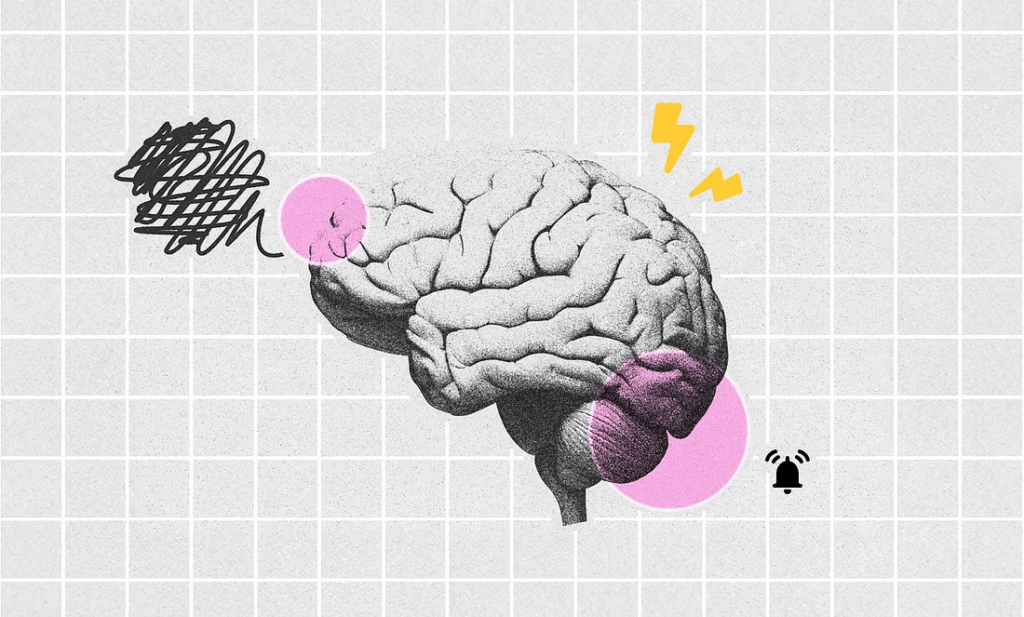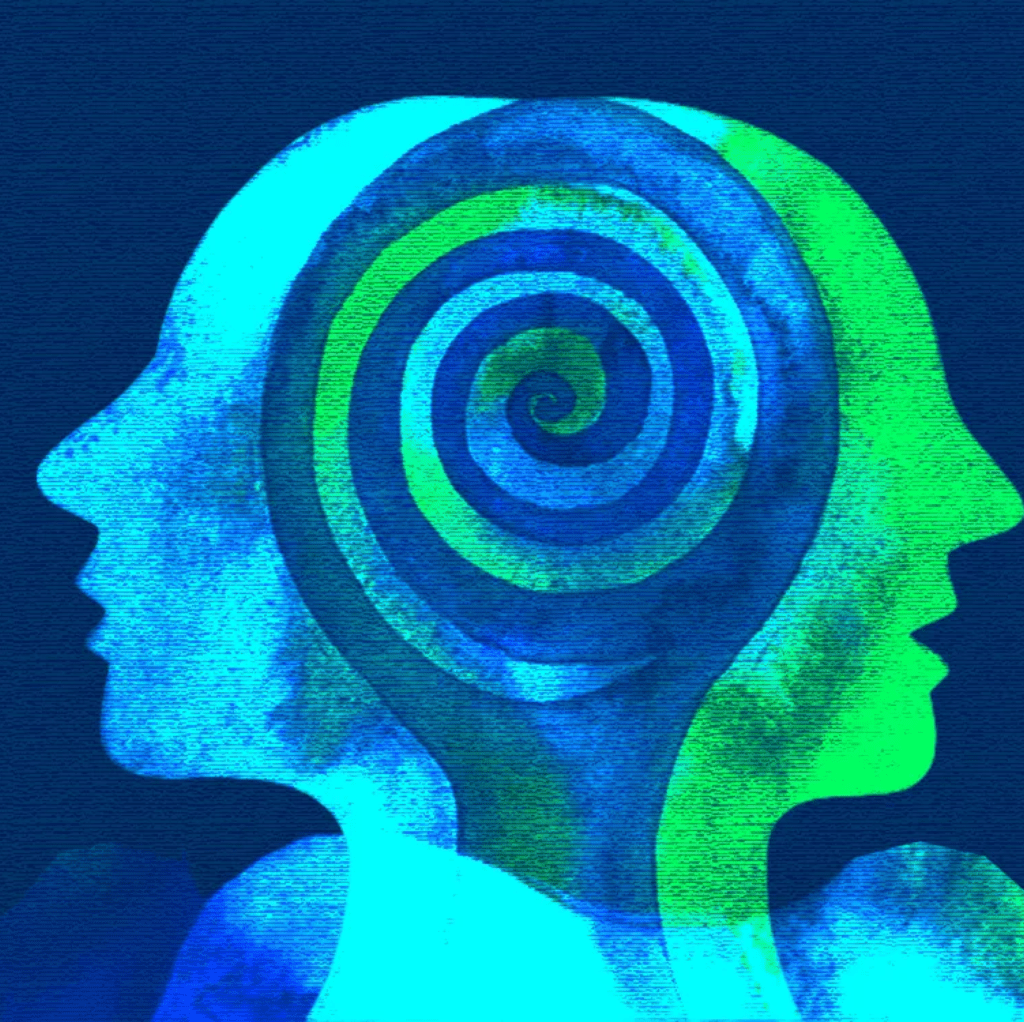Leveraging Cognitive Science in UI/UX Design to Drive User Engagement
April 07, 2025 ● 7 Mins Read

Table of Contents
Introduction
The study of the mind and its processes, plays a vital role in understanding how users interact with digital products. By integrating principles of cognitive science into UI/UX design, businesses can create interfaces that not only captivate users but also ensure intuitive, satisfying, and long-lasting engagement.
In this blog, we will explore how cognitive science can be leveraged in UI/UX design to drive user engagement, improving the overall user experience and contributing to business success.

Understanding Cognitive Load
Cognitive load refers to the mental effort required to process information. A high cognitive load can overwhelm users, making it difficult for them to engage with a product or complete a task efficiently. Reducing cognitive load is key to improving the user experience, as it allows users to focus on the most important aspects of the interface without unnecessary distractions.
Techniques to Reduce Cognitive Load
Gestalt Principles: The Gestalt laws of perception (e.g., proximity, similarity, closure) can be applied to design intuitive interfaces. For instance, grouping related elements together can help users quickly identify patterns and relationships within the interface.
Fitts’s Law: This law suggests that the time to click on an object is a function of its distance and size. Designers can apply Fitts’s Law by making important buttons and interactive elements larger and closer to where users naturally focus.
Color Psychology: Use colors strategically to influence user emotions and behavior. For example, warm colors can stimulate action, while cool colors often promote calm and clarity.
By leveraging these cognitive principles, designers can optimize the user interface to grab attention, enhance focus, and guide users toward desired actions.
Behavioral Design Techniques:
Hick’s Law: This principle states that the more choices users are presented with, the longer it takes them to make a decision. Reducing the number of options or organizing them into categories can speed up decision-making.
Nudge Theory: Nudging users toward specific actions by framing choices in a certain way can influence behavior. For example, emphasizing one option as a “recommended” choice can encourage users to select it.
Loss Aversion: People are naturally more motivated to avoid losses than to acquire equivalent gains. Highlighting potential negative outcomes, such as missing out on a limited-time offer, can drive users to take action more quickly.
By applying decision-making psychology to design, UI/UX teams can create frictionless experiences that align with users’ cognitive tendencies, driving engagement and conversions.

Emotional Design and User Experience
Emotion plays a central role in how users interact with a product. Cognitive science reveals that emotions often guide decision-making, so designing for emotional responses can significantly enhance user engagement. UI/UX designers can create emotionally resonant experiences by tapping into the psychological triggers that evoke positive feelings.
Creating Emotional Impact Through Design:
Visual Aesthetics: Beautiful, cohesive design evokes positive emotions and builds trust. Clean, visually appealing interfaces often make users feel more comfortable and confident in navigating a product.
Delightful Microinteractions: Subtle animations or interactions, such as a button that reacts to a hover with a playful bounce, can surprise and delight users, creating a memorable experience that drives repeat engagement.
The Future of Cognitive Science in UI/UX Design
As technology advances, cognitive science will continue to shape the future of UI/UX design. Artificial intelligence (AI) and machine learning (ML) offer new opportunities to enhance user engagement through personalized experiences that adapt to individual behaviors. Additionally, virtual reality (VR) and augmented reality (AR) are pushing the boundaries of how cognitive principles are applied in immersive digital environments.
Future UI/UX design will likely focus even more on creating seamless, intuitive experiences that blend natural human behavior with cutting-edge technology. Understanding and leveraging cognitive science will remain at the heart of creating products that engage, delight, and retain users.
Conclusion
By incorporating principles from cognitive science into UI/UX design, businesses can craft digital experiences that align with natural human behaviors, resulting in higher user engagement and satisfaction. From reducing cognitive load to enhancing emotional impact, cognitive science offers a comprehensive framework for creating intuitive, user-centered interfaces. As the digital world continues to evolve, the importance of understanding and applying cognitive principles in design will only grow, solidifying the role of UI/UX in driving business success.

Vidhya Shree
Senior Visual Designer
Passionate about creating bold, engaging visuals that tell a story. Whether designing compelling brand identities or experimenting with new artistic styles, I love exploring the power of color, composition, and creativity. When I’m not designing, you’ll often find me behind the camera, capturing moments and discovering new perspectives through photography.




